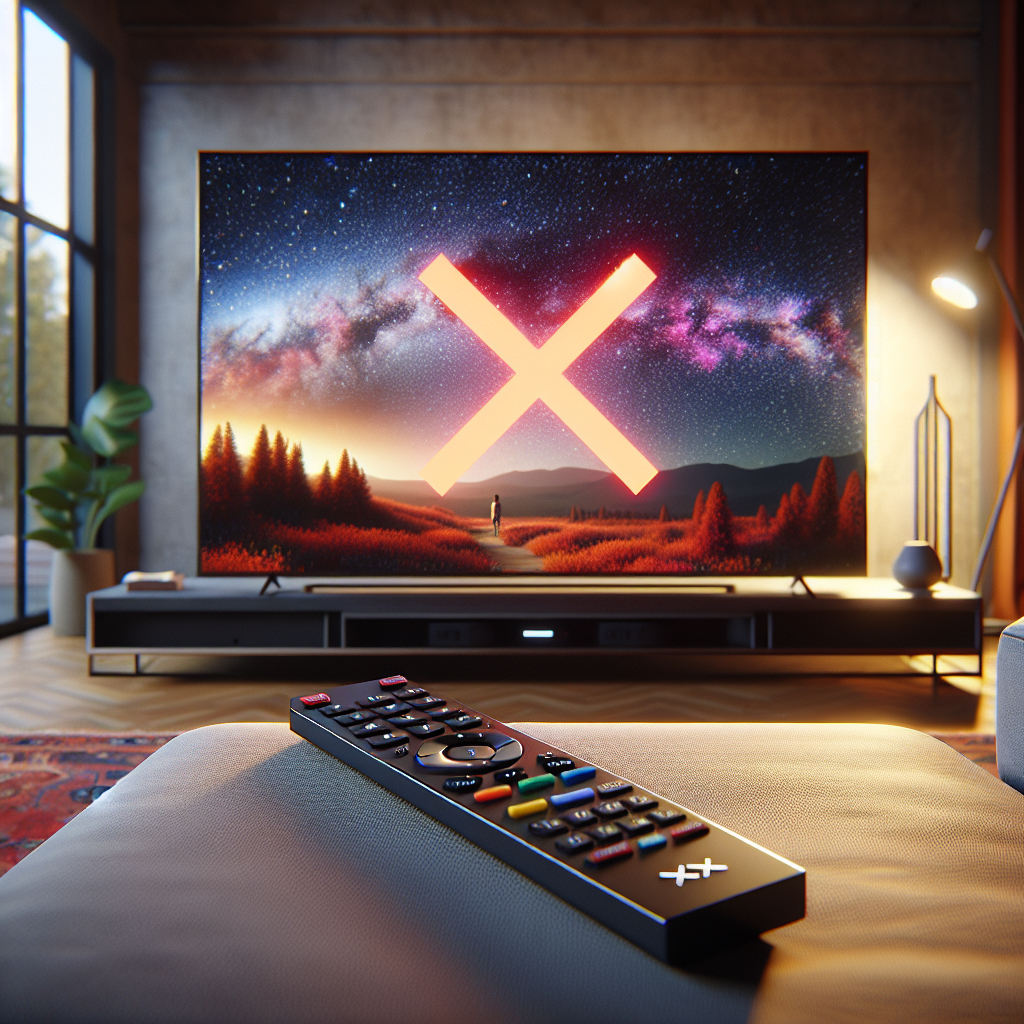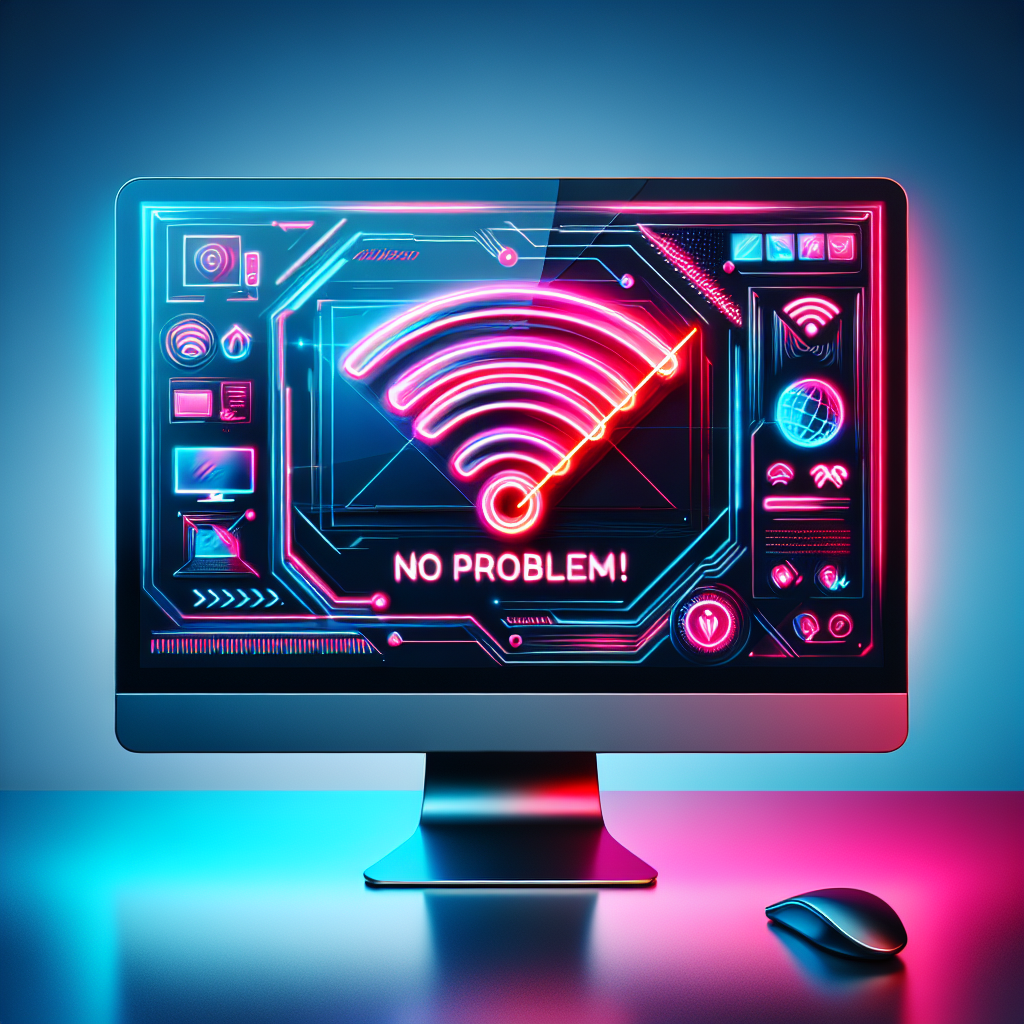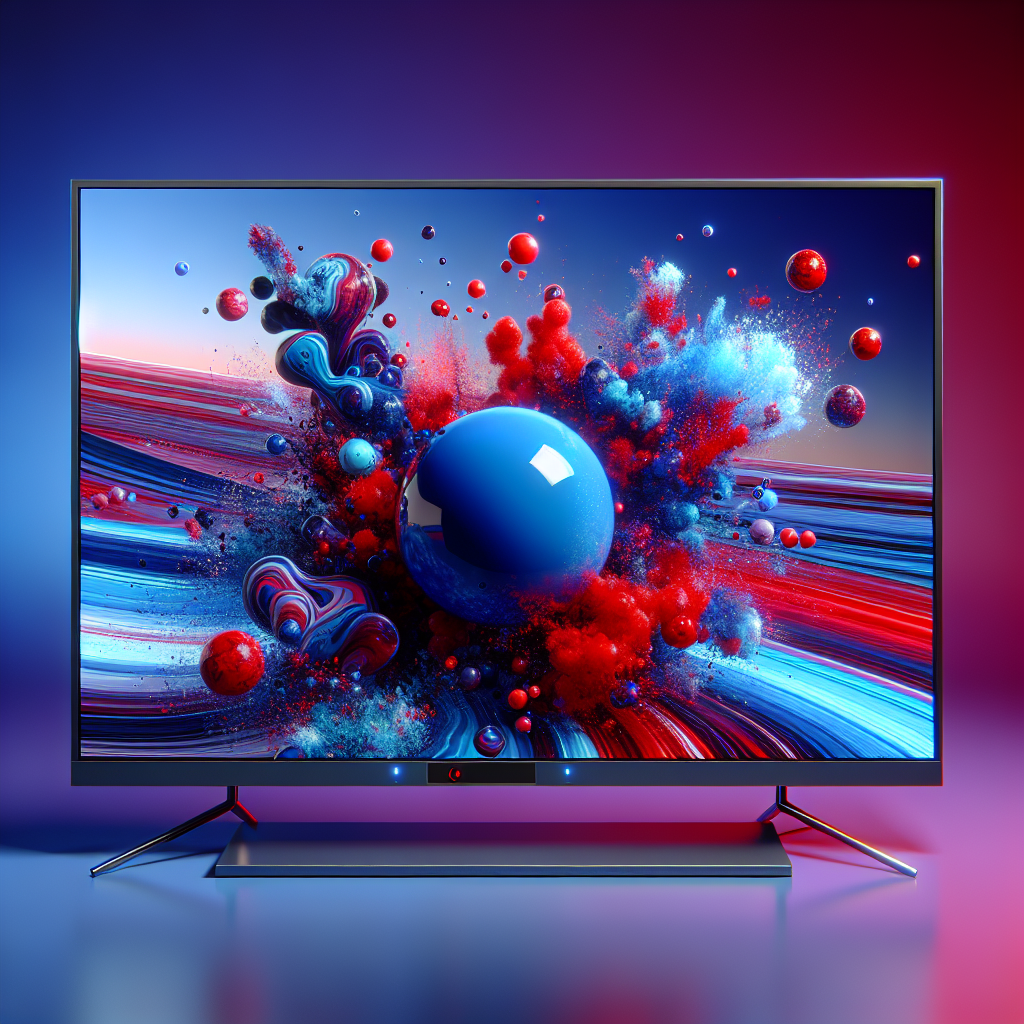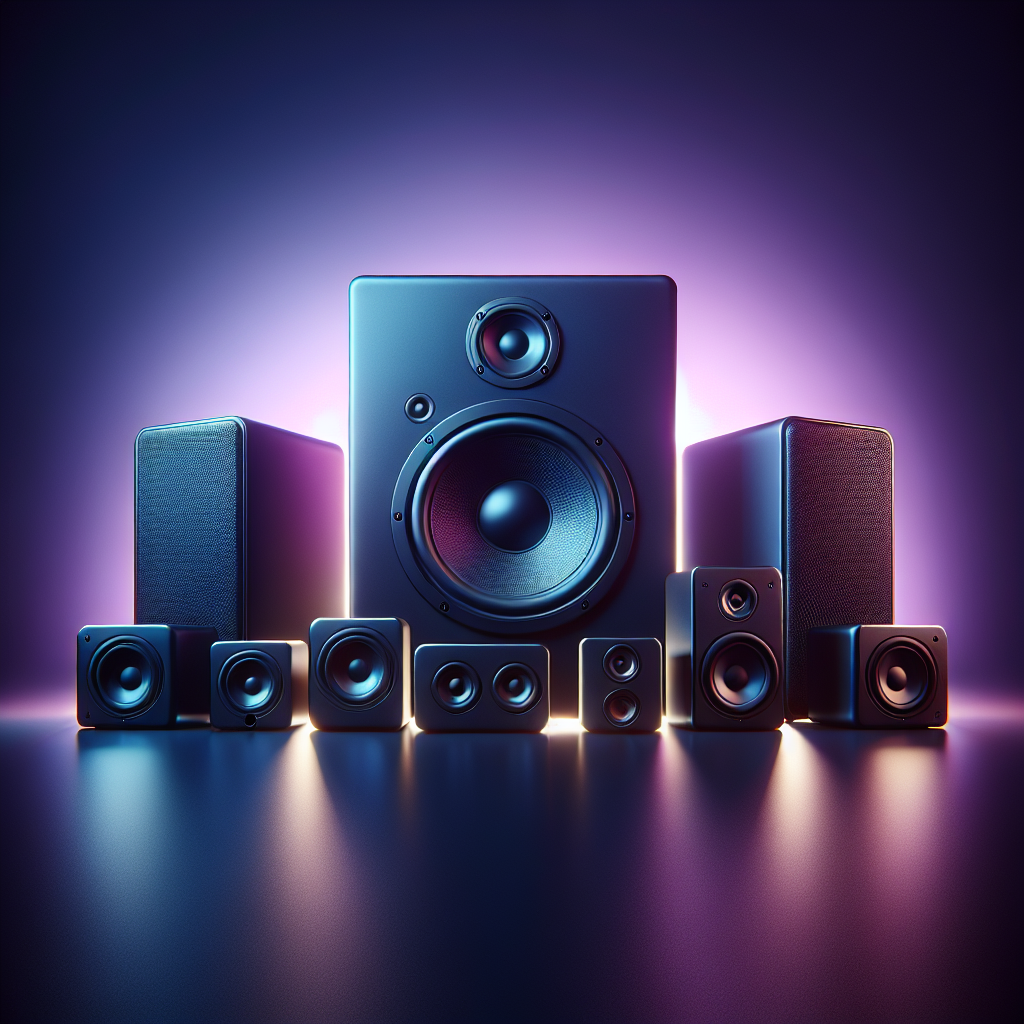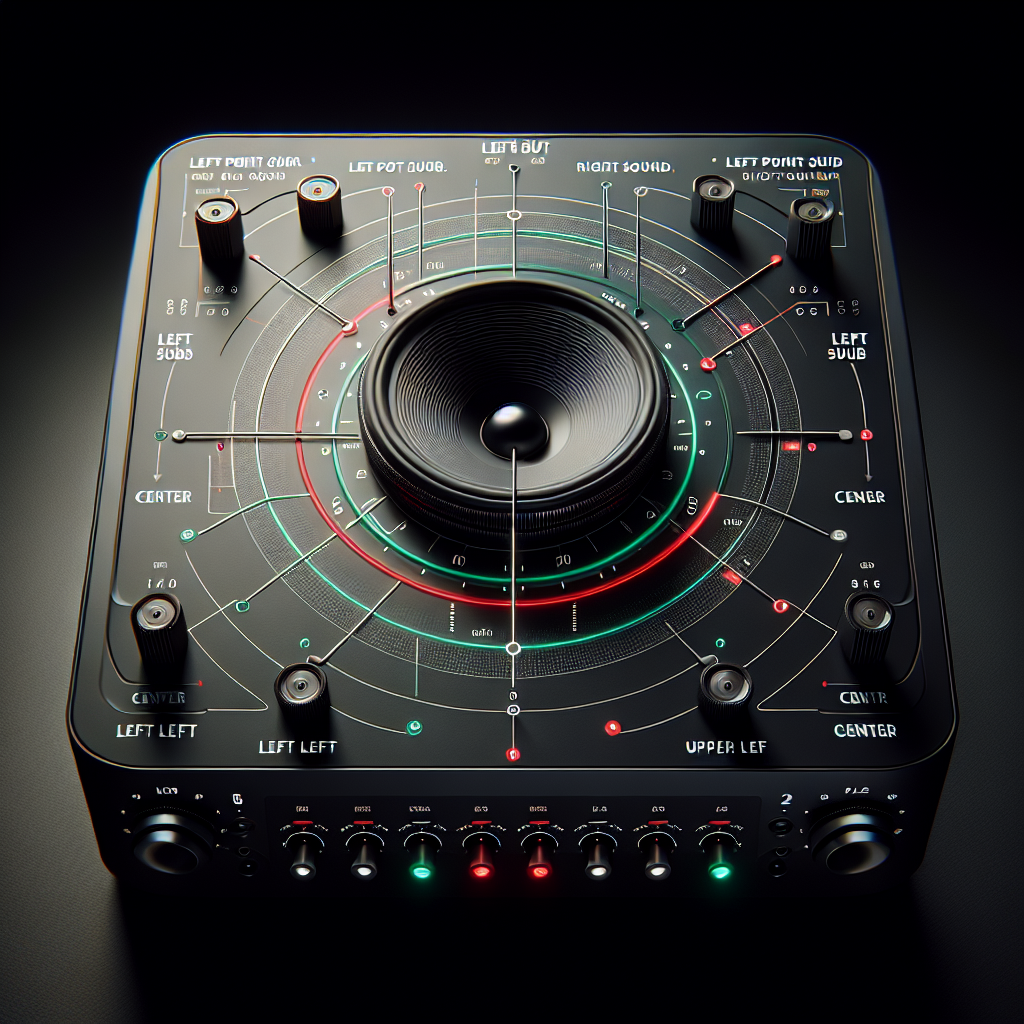Enhance Your Viewing Experience with an HDMI Switch
Ever been stuck in the scenario where your TV can’t accommodate all your devices because of limited hdmi inputs? This is where an HDMI switch steps in as a game-changer, effortlessly managing multiple devices on displays that come with just one HDMI input. Let’s zoom into how an HDMI switch can redefine your home Entertainment system without the need for continuous unplugging and replugging.
What is an HDMI Switch?
An HDMI switch serves as a hub, allowing you to feed multiple HDMI sources, including mini, micro, or standard, to a single output. With the freedom to toggle between input channels, many HDMI switches come equipped with remote controls for seamless operation. Although it doesn’t replace the sound conditioning an A/V receiver offers, combining an HDMI switch with a power amplifier delivers basic functionality akin to an A/V receiver. Yet, it’s important to remember an HDMI switch can’t fully substitute an A/V receiver in terms of sound quality and device control.
Optimizing Your Setup with an HDMI Switch
Confusing it with HDMI splitters is common, but an HDMI switch’s role is integral in routing two or more source channels into one. By enabling your TV to set to the only input source, an HDMI switch enhances the number of inputs a device can accept, simplifying your home entertainment system. An HDMI switch operates by selecting signals from one input at a time, preventing potential Signal interference complications.
When Do You Need an HDMI Switch?
Integrating an HDMI switch often comes into play when existing equipment lacks adequate connection capability. Its most common application shines when you’re aiming to connect multiple HDMI devices to a display with a sole HDMI input. Opting for an HDMI switch presents a budget-friendly, space-conscientious solution compared to the costlier alternative of upgrading to an A/V receiver.
Home Entertainment System Enhancement
While an HDMI switch might not be the centerpiece in a newly conceived home entertainment system, it undeniably serves as an efficient patch improving substandard setups. In cases where your arrangement calls for connecting several devices to a single-input TV, an HDMI switch becomes a compelling choice. However, integrating an A/V receiver could further streamline and upgrade your system, offering unmatched quality and convenience over an HDMI switch.
Choosing Between an HDMI Switch and an A/V Receiver
Deciding whether to opt for an HDMI switch or an A/V receiver hinges on your home entertainment expectations. If a robust home theater system is what you’re after, the comprehensive functionality of an A/V receiver, capable of optimizing image and sound quality, is unbeatable. Yet, in scenarios where conserving space and not looking to heavily invest in your system, an HDMI switch could very well suit your immediate needs.
| Device | Functionality | Best Use Scenario |
|---|---|---|
| HDMI Switch | Manages Multiple Inputs | Improving connection capability without upgrading the whole setup. |
| A/V Receiver | Optimizes sound/image, connects several devices | Setting up a robust home entertainment system. |
In conclusion, while an HDMI switch offers a simple, efficient way to expand your display’s input capability, the comprehensive FEATURES of an A/V receiver set it apart for those seeking a more immersive entertainment experience. It’s crucial to weigh your home entertainment system requirements carefully to make a well-informed decision that complements your lifestyle.

